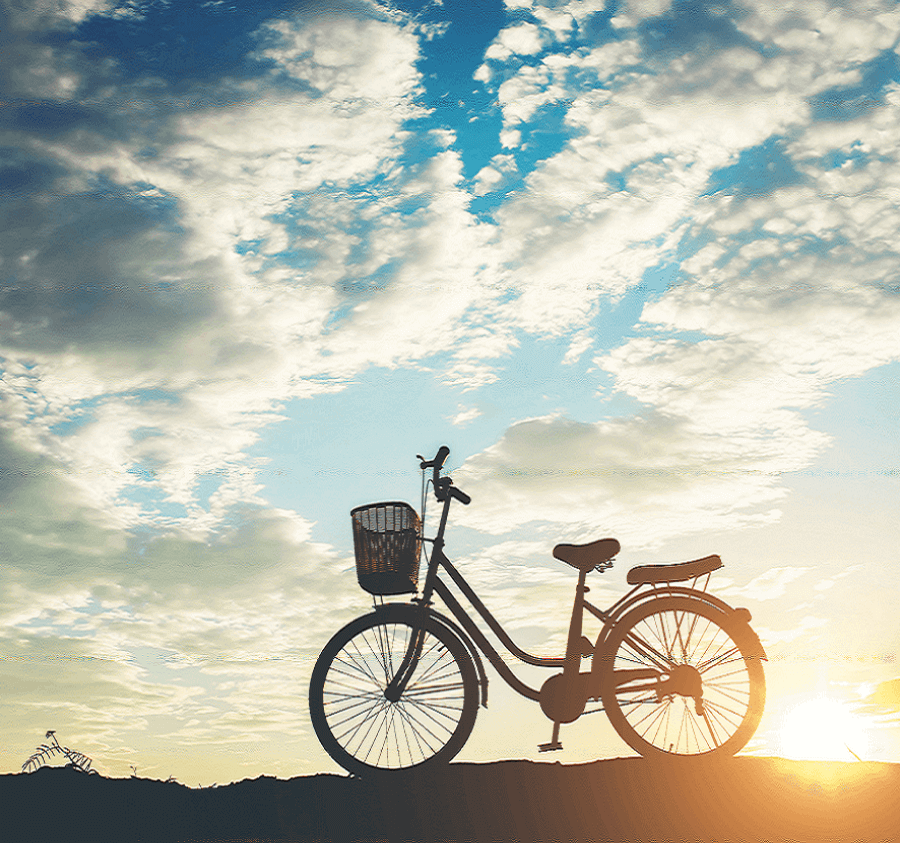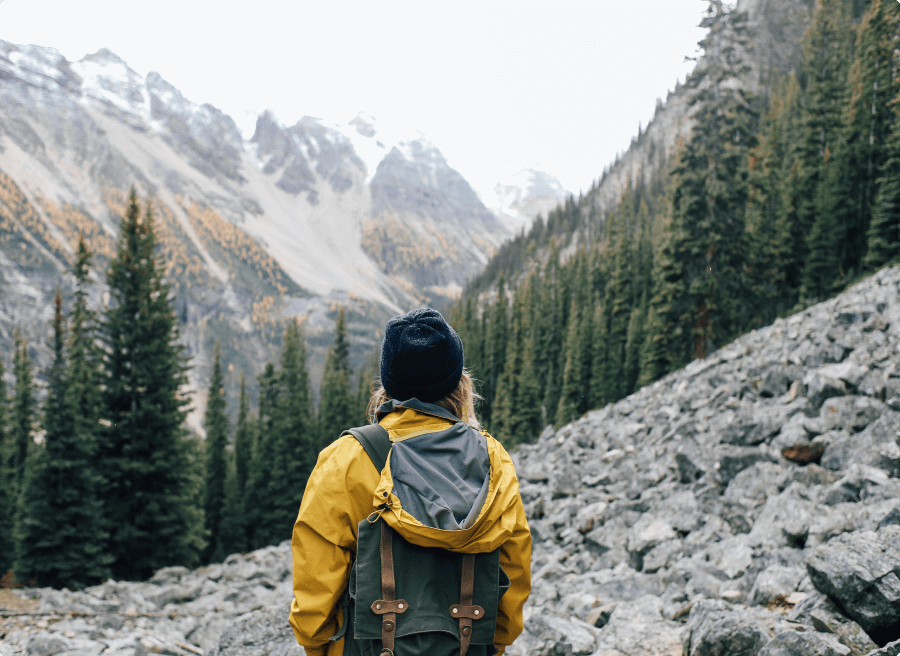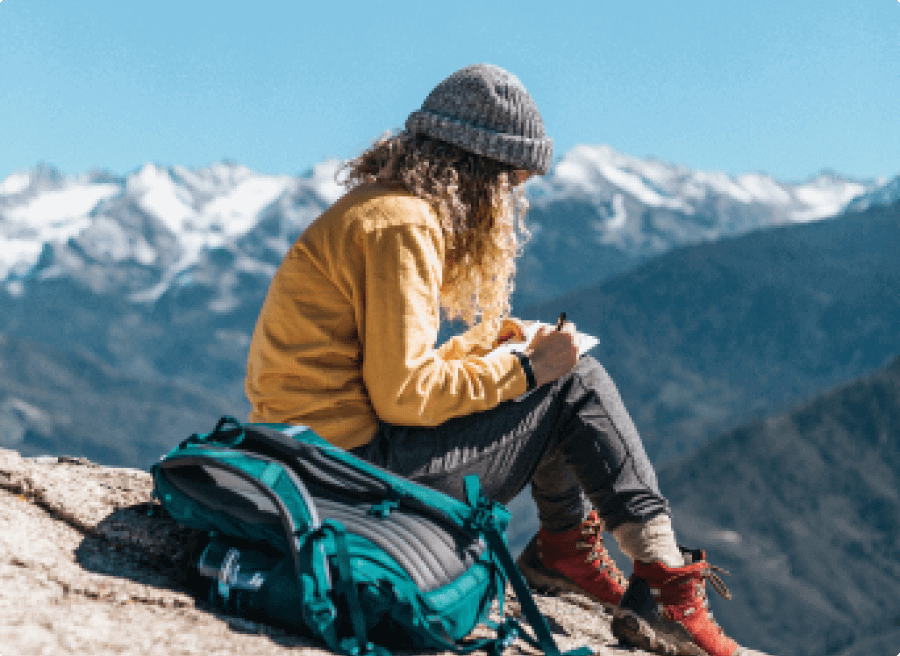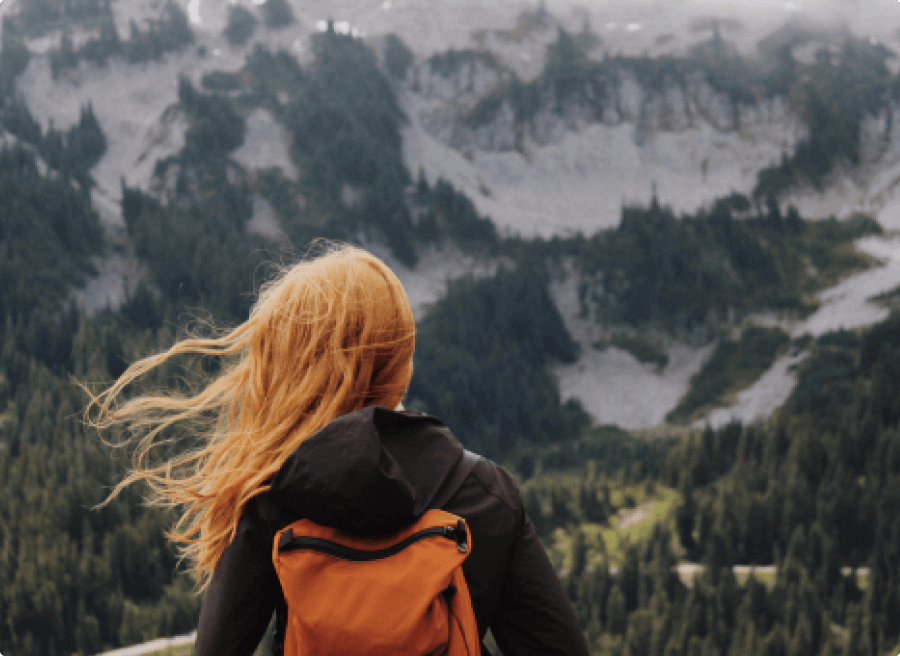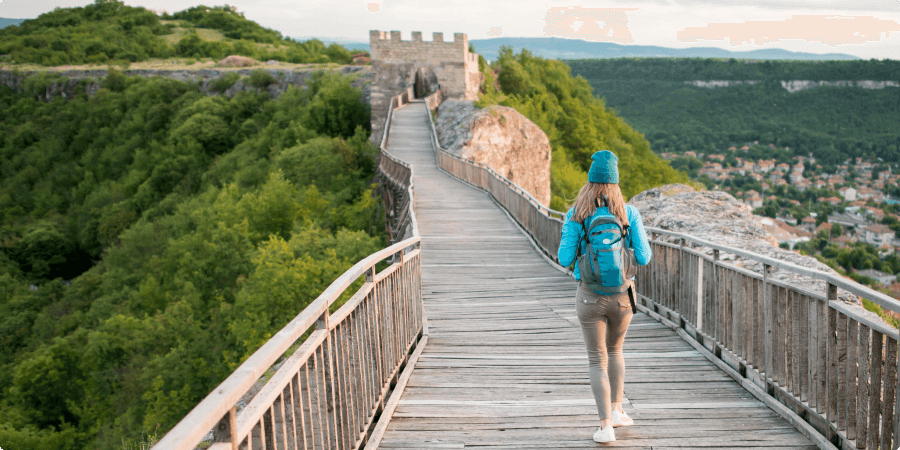Best Time to Visit Kenya: Your Guide to Safaris, Seasons, and Weather
Kenya is a dream destination for nature lovers, offering breathtaking safaris, pristine beaches, and diverse wildlife. Whether you’re eager to witness the Great Migration, explore the Masai Mara, or relax on the sun-kissed shores of Diani Beach, choosing the right time to visit can make all the difference.
Kenya experiences two main travel seasons: the dry season (June to October) and the wet season (March to May and November to December). Each season offers unique opportunities, from thrilling predator sightings on safari to lush green landscapes and budget-friendly travel deals.


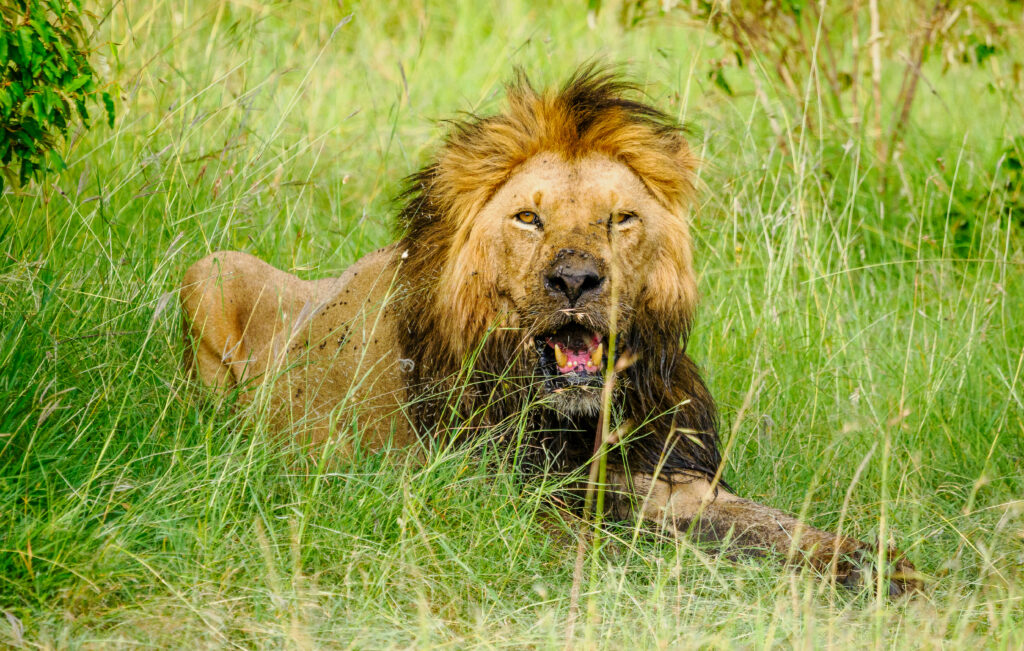
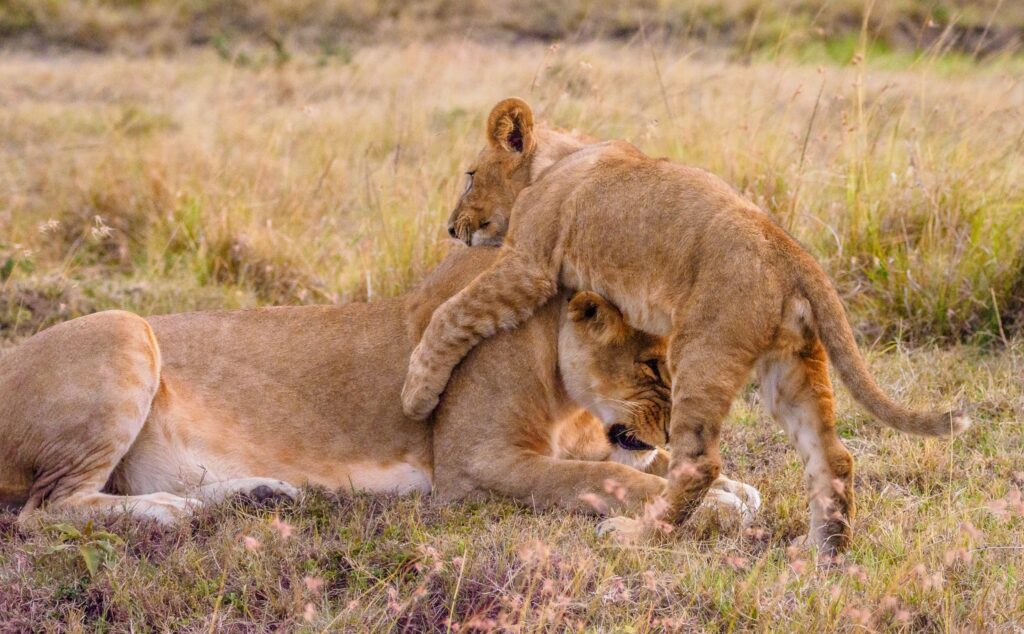
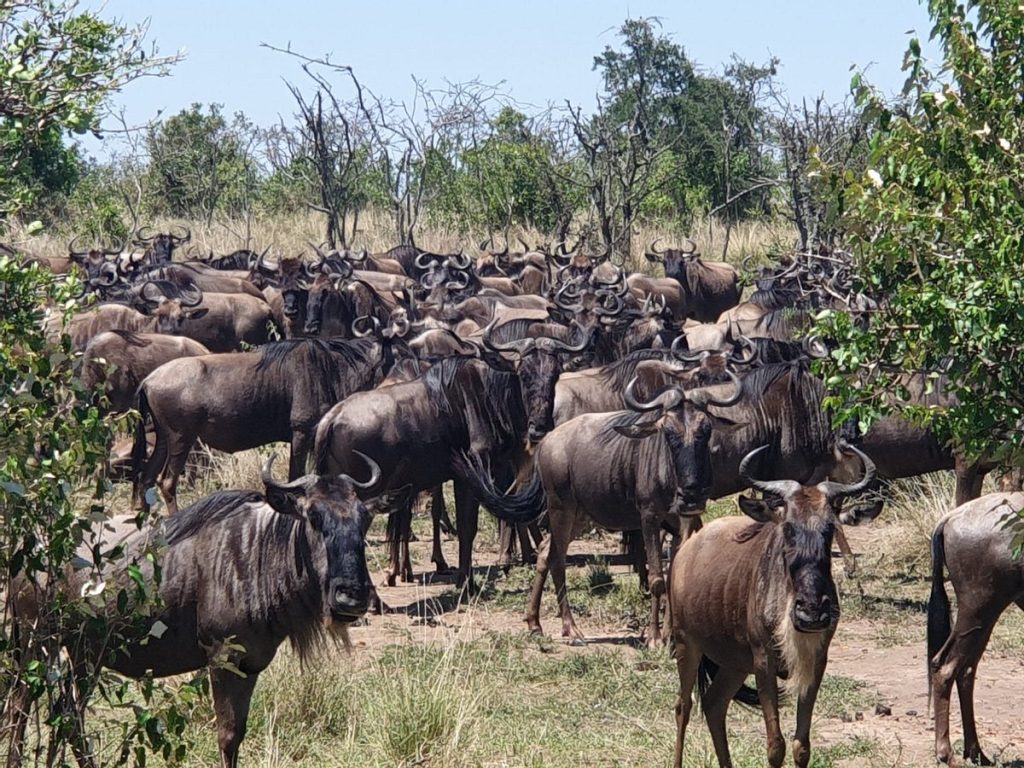
So, what’s the best time to visit Kenya? That depends on your travel goals. Whether you’re after a safari adventure, a relaxing beach holiday, or a budget-friendly getaway, this guide will help you plan your perfect trip!
Kenya’s Climate and Seasons
Kenya has a diverse climate, influenced by altitude and geography. Here’s a breakdown of Kenya’s key seasons and what they mean for travelers:
Dry Season (June to October) – Peak Safari Season
✅ Best for: Wildlife safaris, Great Migration, game viewing
✅ Weather: Dry, cool, and minimal rainfall
✅ Highlights:
- Animals gather around water sources, making game viewing easier
- Great Migration (July–October): Wildebeest river crossings in Maasai Mara
- Comfortable temperatures for travel and outdoor activities
Short Rains (November to December) – Low Season for Safaris
✅ Best for: Birdwatching, fewer crowds, budget-friendly travel
✅ Weather: Light rain, but parks remain accessible
✅ Highlights:
- Migratory birds arrive, making it a paradise for birdwatchers
- Fewer tourists mean a more intimate safari experience
- Some lodges offer discounted rates
Long Rains (March to May) – Green Season
✅ Best for: Budget travelers, lush landscapes, fewer tourists
✅ Weather: Heavy rainfall, making some parks inaccessible
✅ Highlights:
- Stunning greenery and many newborn animals
- Cheapest time to visit as lodges offer discounts
- Rain can make some roads and safari trails difficult to navigate
Best Time for Safaris in Kenya
Kenya is famous for its thrilling safaris, with different seasons offering unique experiences.
June to October – Peak Safari Season
- Best time for a Kenya safari, as wildlife is easier to spot
- Great Migration in full swing in the Maasai Mara
- Predator activity is high due to large herds of prey
January to February – Short Dry Season
- Excellent time to see the Big Five in Amboseli, Samburu, and Tsavo
- Warm temperatures and clear skies make for great photography
- Fewer crowds compared to peak season
Best Time to Visit Kenya for the Great Migration
One of the world’s greatest wildlife spectacles, the Great Migration, occurs in Kenya’s Maasai Mara.
July to October – Best for River Crossings
- Wildebeests cross the Mara River, battling crocodiles
- Ideal for witnessing predator-prey interactions
November to December – Migration Moves to Serengeti
- Wildebeest start returning to Tanzania’s Serengeti
- Predator sightings remain high in Maasai Mara
Best Time for a Kenya Beach Holiday
Kenya’s coastline is home to stunning beaches like Diani, Mombasa, and Watamu.
December to March – Best Beach Weather
- Hot, dry weather—perfect for sunbathing and snorkeling
- Clear waters for diving and marine life spotting
June to October – Post-Safari Relaxation
- Cooler temperatures but still great for beach getaways
- Ideal for a safari-beach combo trip
April to May – Rainy Season
- Fewer tourists, meaning cheaper resort deals
- Some beach activities may be affected by rain
Best Time for Birdwatching in Kenya
Kenya is a paradise for bird lovers, with thousands of species, including migratory birds.
November to April – Peak Birdwatching Season
- Migratory birds from Europe and Asia arrive
- Best locations: Lake Nakuru, Amboseli, Maasai Mara, Rift Valley lakes
Best Time to Visit Kenya Based on Budget
High Season (June to October, December to February)
- Higher safari and accommodation prices
- Best wildlife viewing, but book early for availability
Low Season (March to May)
- Cheapest time to visit Kenya, with discounted rates
- Some safari lodges close due to rains, but great deals for budget travelers
Ready to Plan Your Kenya Adventure?
Kenya offers unforgettable experiences, whether you’re after thrilling safaris, breathtaking beaches, or budget-friendly travel. Choose the best time based on your interests and start planning your dream trip today!
✅ Need help with Kenya travel planning? Contact Annest Kenya safari operator to book your adventure.
Kenya is a year-round destination, offering something special in every season. Whether you’re looking for the best time to visit Kenya for safaris, beach holidays, or budget-friendly travel, there’s always a perfect moment to go.
🌍 Ready to explore Kenya? Book your Kenya safari travel guide today and experience the best Kenya has to offer!o visit Kenya for your dream safari. Check out our customizable Kenya safari packages for every season!

